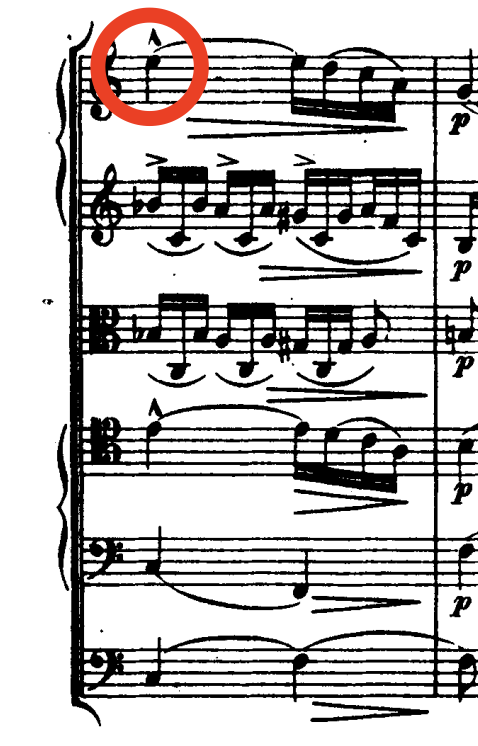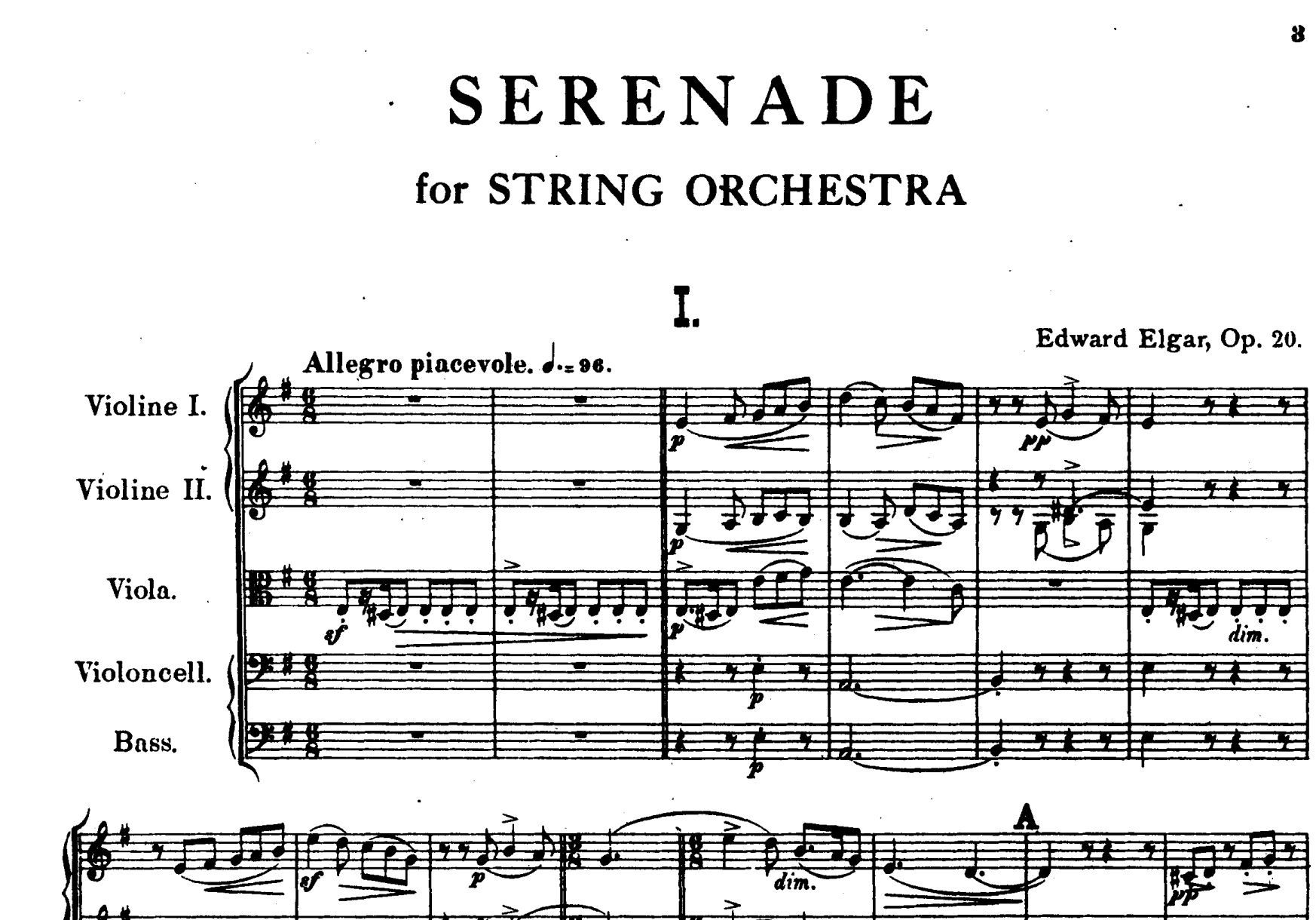It’s a nice Saturday night. I just finished dinner and was about to practice some E minor scale variations on my violin. In that spirit, I thought it would be fitting to listen to a brief E minor piece. My pick for tonight is the Serenade for Strings in E Minor by Edward Elgar, it’s his Opus number 20. Let’s listen together.
Context
As usual, let’s do a quick search for the context of the piece. Alright, so apparently this is one of the earliest surviving orchestral works of Elgar. Written in 1892, it predates his major successes like the Enigma Variations and the Pomp and Circumstance Marches. At this time, Elgar was still a relatively unknown musician. The Serenade is a reworking of an earlier suite he had written, and it showcases his innate gift for string writing (if you don’t know it, check out his famous Salut d’Amour, I love it so much!). While it wasn’t an immediate success, its intimate charm and lyrical beauty eventually secured its place as one of the most beloved works in the English string orchestra repertoire.
Experience
Okay, so it is written in 3 movements. Let’s listen.
Movement 1: Allegro piacevelo
The movement begins with a lovely dialogue; the upper strings move smoothly in a graceful melody while the lower strings talk back to them. I even hear hints of an almost Bach-like counterpoint in some of the crisp, staccato sections. The melodic motion feels like swaying in my head. It moves back and forth, but it’s not dizzying, more like it’s hypnotizing. It’s truly pleasant, and the tensions Elgar creates are so easy on the ears, resolving beautifully at the end of each phrase. The swaying continues until the movement fades out, but this time without that final resolution. It creates a mysterious, ‘to be continued’ feel, like a very gentle inhale that has a subtle incompleteness to it, leading us perfectly into what comes next.
Movement 2: Larghetto
This part is simply wonderful. It’s hard to put too much written analysis here. My nerves instantly calmed down starting from the moment the first violin hits that high E while the second violin and viola hold a double stop. The harmony is incredibly rich and dense here.

From this point on, the music just washes over me. Pure comfort for a weary soul after a long day. Good Lord! And this kind of sweetness keeps repeating, developing and growing richer each time.
And when we arrive at this next part (L), this is my favorite! The double stops in the first violins are so clean and mesmerizing that my lips form a smile just by listening. This is what I’d call a “gentle tension.” It has such a unique texture. It’s completely different from the rough, aggressive tension in the first movement of Tchaikovsky’s Violin Concerto that makes you clench your fist. This tension is pleasant, like the climax of a beautiful dream.

And that phrase ends with this single E (the one in the red circle below) on the first violin. Wow! The resolution is incredible. Wow. Wow. That’s madness. That one simple note is just TOO SATISFYING.

This movement continues pleasantly with its recurring theme and ends with a satisfying sigh this time, a perfect sense of completion that the first movement intentionally left open.
Movement 3: Allegretto
It immediately starts with a pleasant chord, and the rhythm has a lovely, dancing quality to it. Using a bit of cyclical form, it cleverly re-uses some of the opening themes from the first movement, but the melody feels more playful now. All of this gives the whole serenade a wonderfully satisfying and complete feeling, before it ends not with a grand statement, but with a quiet chord, another gentle, final sigh.
The Final Verdict
The most memorable part to me is that L in the second movement. Wow. I am speechless. I’ll definitely listen to this piece tomorrow before I sleep.


Leave a Reply